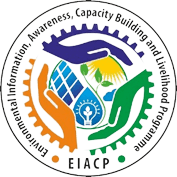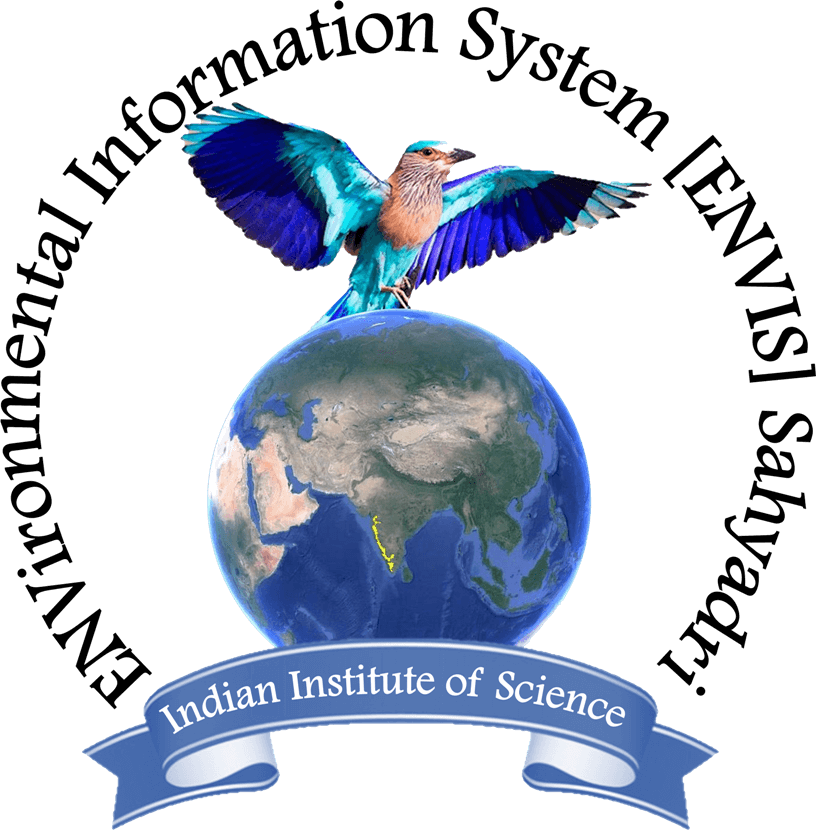Bibliography
- Biermann F (2012) Planetary boundaries and earth system governance: exploring the links. Ecol Econ 81:4–9. https://doi.org/10.1016/j.ecolecon.2012.02.016
- Bogardi JJ, Fekete BM, Vorosmarty CJ (2013) Planetary boundaries revisited: a view through the ‘water lens’. Curr Opin Environ Sustain 5(6):581–589. https://doi.org/10.1016/j.cosust.2013.10.006
- Dearing JA, Wang R, Zhang K, Dyke JG, Haberl H, Hossain S, Langdon PG, Lenton TM, Raworth K, Brown S, Carstensen J, Cole MJ, Cornell SE, Dawson TP, Doncaster CP, Eigenbrod F, Flo¨rke M, Jeffers E, Mackay AW, Nykvist B, Poppy GM (2014) Safe and just operating spaces for regional social-ecological system. Glob Environ Chang 28:227–238. https://doi.org/10.1016/j.gloenvcha.2014.06.012
- Han, D., Yu, D., & Qiu, J. (2023). Assessing coupling interactions in a safe and just operating space for regional sustainability. Nature Communications, 14(1), 1369. https://doi.org/10.1038/s41467-023-37073-z
- Mace, G. M., Reyers, B., Alkemade, R., Biggs, R., Chapin III, F. S., Cornell, S. E., ... & Woodward, G. (2014). Approaches to defining a planetary boundary for biodiversity. Global Environmental Change, 28, 289-297. https://doi.org/10.1016/j.gloenvcha.2014.07.009
- Montoya, J. M., Donohue, I., & Pimm, S. L. (2018). Why a Planetary Boundary, If It Is Not Planetary, and the Boundary Is Undefined? A Reply to Rockström et al. Trends in Ecology & Evolution, 33(4), 234. https://doi.org/10.1016/j.tree.2018.01.008
- Raworth K (2017a) A doughnut for the Anthropocene: humanity’s compass in the 21st century. Lancet Planet Health 1(2):e48–e49. https://doi.org/10.1016/S2542-5196(17)30028-1
- Raworth K (2017b) Doughnut economics: seven ways to think like a 21st-century economist. Random House, London
- Rockström J, Steffen W, Noone K, Persson A, Chapin FS, Lambin E, Lenton TM, Scheffer M, Folke C, Schellnhuber HJ, Nykvist B, de Wit CA, Hughes T, van der Leeuw S, Rodhe H, Sorlin S, Snyder PK, Costanza R, Svedin U, Falkenmark M, Karlberg L, Corell RW, Fabry VJ, Hansen J, Walker B, Liverman D, Richardson K, Crutzen P, Foley J (2009a) A safe operating space for humanity. Nature 461:472–475. https://doi.org/10.1038/461472a
- Rockström J, Steffen W, Noone K, Persson Å, Chapin FS, Lambin E, Lenton TM, Scheffer M, Folke C, Schellnhuber HJ, Nykvist B, de Wit CA, Hughes T, van der Leeuw S, Rodhe H, Sörlin S, Snyder PK, Costanza R, Svedin U, Falkenmark M, Karlberg L, Corell RW, Fabry VJ, Hansen J, Walker B, Liverman D, Richardson K, Crutzen P, Foley J (2009b) Planetary boundaries: exploring the safe operating space for humanity. Ecol Soc 14(2):32. https://doi.org/10.5751/ES-03180-140232.
- Roy, A., & Pramanick, K. (2020). Safe and just operating space for India. Handbook of modern environmental materials management. Springer Nature Switzerland AG. https://doi.org/10.1007/978-3-319-58538-3_210-1
- Samper C (2009) Planetary boundaries: rethinking biodiversity. Nat Reports Clim Chang 3:118–119. https://doi.org/10.1038/climate.2009.99
- Sayers M (2015) The welsh doughnut: a framework for environmental sustainability and social justice. Oxfam, Oxford, UK
- Sayers M, Trebeck K (2015) The UK doughnut: a framework for environmental sustainability and social justice. Oxfam, Oxford, UK
- Steffen W, Richardson K, Rockström J, Cornell SE, Fetzer I, Bennett EM, Biggs R, Carpenter SR, de Vries W, de Wit CA, Folke C, Gerten D, Heinke J, Mace GM, Persson LM, Ramanathan V, Reyers B, Sörlin S (2015) Planetary boundaries: guiding human development on a changing planet. Science 80:347. https://doi.org/10.1126/science.12598551259855.
- Steffen W, Smith MS (2013) Planetary boundaries, equity and global sustainability: why wealthy countries could benefit from more equity. Curr Opin Environ Sustain 5(3–4):403–408. https://doi.org/10.1016/j.cosust.2013.04.007
- World Bank (2018a) World development indicators. World Bank. http://data.worldbank.org/.
- World Bank (2018b) Tracking SDG 7: the energy progress report 2018. World Bank, Washington, DC
- World Health Organization (2015) World health statistics. WHO, Geneva.

